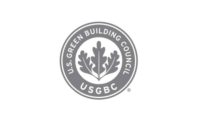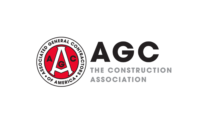Although the annual Insulating Concrete Form Association Shipment Report confirmed a significant increase in the production of ICFs, the NAHB and PCA statistics are vital to benchmarking the growth of the systems in the residential market.
The instability of energy prices, as well as the lack of electricity and natural gas supplies in most markets, has also impacted the growth of ICFs. Homeowners are receiving expensive energy bills everywhere as the demand for power increases and problems associated with energy deregulation grow. The U.S. Dept. of Energy confirms the increase in energy demand in the residential market over the next decade, predicting demand for electricity will increase 15 percent and the demand for natural gas will jettison 7.5 percent.
“As long as homeowners seek refuge from $350-a-month energy bills, ICFs will continue to thrive,” says Executive Director of ICFA Joseph Lyman. “As a building system that reduces the use of electricity and natural gas, the association looks forward to meaningful national discussion on energy efficiency and conservation.”




Report Abusive Comment